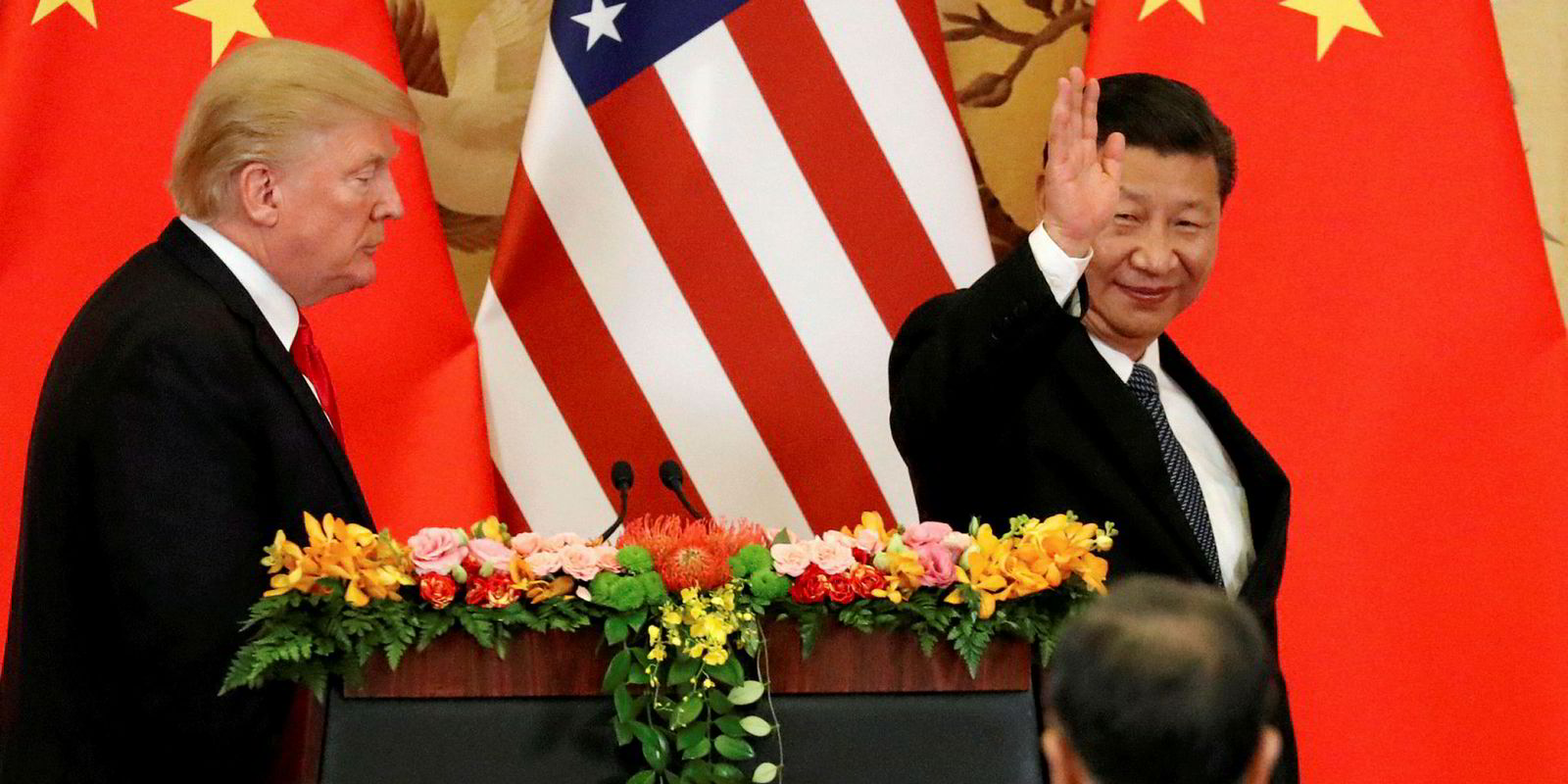The midsized bulker markets have reached their highest levels of 2018, despite recent concerns about the impacts of the US China trade war.
The main drivers have been a ramping up in grain/wheat cargoes in the Atlantic and a strong Southeast Asia coal trade, according to Deutsche Bank.
“With the Atlantic grain season taking hold, rates for cargoes out of the US Gulf hit the highest level of 2018 despite concerns around tariffs,” said shipping analyst Amit Mehrotra.
“The Southeast Asian coal trade continues to see rising activity levels and we note Indonesian coal exports have hit the highest level since 2014.”
Mehrotra said the Atlantic coal trade has also “picked up behind seasonal tail winds”, pushing rates into Northern Europe up over 50% week-on-week.
He said Kamsarmax spot rates have firmed 8% week-on-week to $14,900, Panamax rates were up 9% to $15,200 while the Supramax segment firmed 7% week-on-week to come in at $12,200.
Mehrotra said the broader midsized bulker segment now stands at its highest level since 2013, and the investment bank is tipping Eagle Bulk Shipping and Scorpio Bulkers as the best to way to “play this strength”.
In contrast, Mehrotra said the product tanker segment remains “unable to get going” despite elevated refinery throughput.
Spot rates for MR tankers made a new low, he said, down 8% week-on-week to $5,600 behind broad-based weakness.
LR2 spot rates fell 4% week-on-week to $6,900 on the back of reduced activity out of the Middle East, while strength on the UKC – West Africa trade helped the LR1 segment tighten for the third consecutive week, up 10% week-on-week to $7,700.
“While it feels like the product tanker market is nearing a bottom, it is difficult to see a near-term recovery with October refinery maintenance season upon us,” said Mehrotra.
“Nonetheless, we see the opportunity for tightening into the winter months as oil production continues to rise and we approach the end of the multi-year inventory drawdown cycle.”
In addition, Mehrotra says IMO 2020 regulations are likely to provide an opportunity for product tanker markets to “tighten significantly” in the second half of 2019.
The New York-based banker says the regulation is likely to create new trade lanes and has the potential to push product tankers into floating storage.





